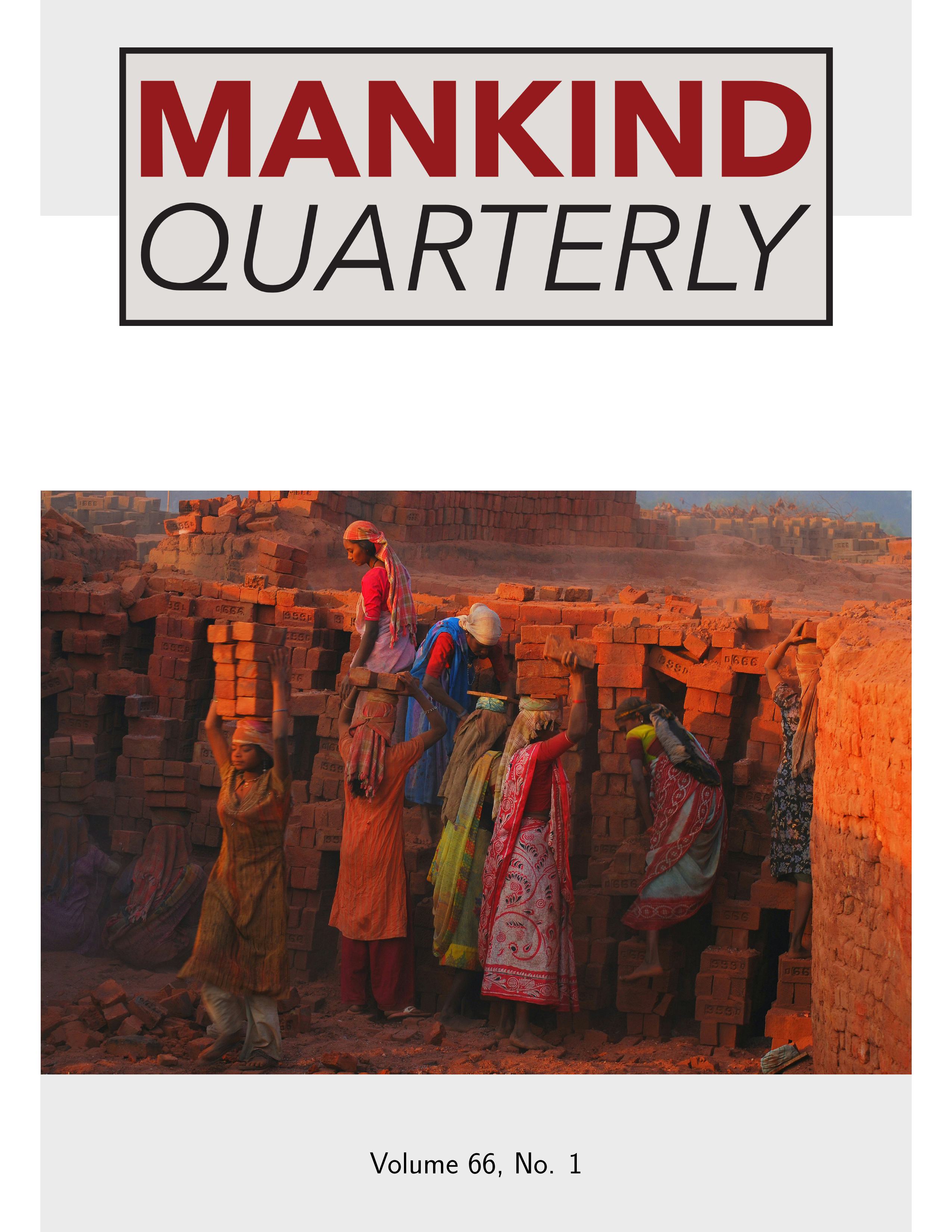Home > Archive > Volume 65, No. 4 > This paper
Transcending Proportional Boundaries: A Study on the Shifting Thoughts of Nahdlatul Ulama and Muhammadiyah Muslims in Gorontalo, Indonesia
La Mansi, Arfan Nusi, Muhammad Dachlan, Ferlin Anwar, Wardiah Hamid, Tita Rostitawati, Muhammad Nur and Dikson T. Yasin
Published: 2025/06/01
Abstract
The dichotomy between the traditionalist Nahdlatul Ulama and the modernist Muhammadiyah has blurred and undergone a paradigmatic shift among local Muslims in Gorontalo, Indonesia. This study aims to examine the transformation of thought among Nahdlatul Ulama and Muhammadiyah Muslims that transcends proportional boundaries, to identify the driving factors behind the progressive tendencies of Nahdlatul Ulama and the cultural accommodation of Muhammadiyah, and to explore the implications of these ideological shifts. Using a qualitative approach, the research draws on both primary and secondary data. Data collection was carried out through in-depth interviews with informants from both organizations, alongside a review of relevant literature. The data were systematically analyzed to identify key patterns in the evolving thought of these two groups. The findings reveal three main insights. First, the traditional-modernist dichotomy between Nahdlatul Ulama and Muhammadiyah has undergone significant transformation. Nahdlatul Ulama, historically seen as traditionalist, is increasingly embracing modern perspectives, while Muhammadiyah has started to incorporate elements of local culture into its practices. Second, the progressive shift within Nahdlatul Ulama is largely influenced by the expansion of education, the impact of digital media, and ongoing discourses around radicalism. In contrast, Muhammadiyah’s openness to cultural adaptation is shaped by social interaction, the resilience of tradition, and the need for flexibility in addressing contemporary challenges. Third, despite these intellectual developments, the role of women in both organizations remains a complex and contested issue. Although spaces for female participation have expanded in both groups, structural and ideological barriers still hinder women from taking on leadership roles, reflecting broader trends of gender marginalization in religious institutions.
Download PDF
